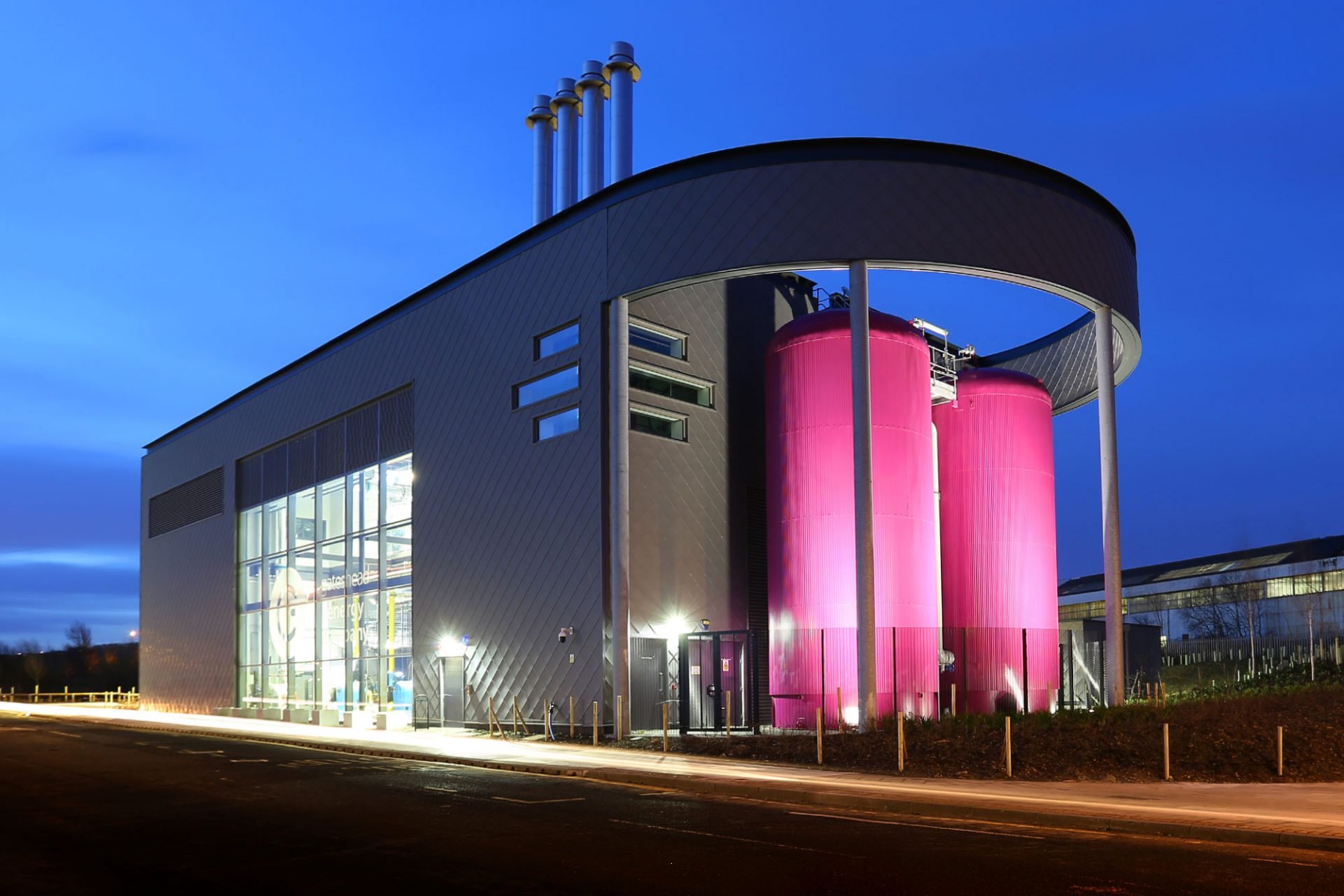
A MODEL FOR ZERO CARBON HEATING THROUGH DISTRICT HEATING EXTENSIONS
Gateshead District Energy Scheme
Extending low carbon heating to social housing
INSIGHT
Launched by Gateshead Council in 2017, the Gateshead District Energy Scheme powers over 300 homes and 20 public and private sector buildings in the town centre with integrated heat and power. This mine water heat network is the largest operating mine water geothermal heat network in the UK. Expanding into low-rise social housing, notably the Old Fold and Nest House estates, this extension aims to connect an extra 550 homes to sustainable heating. This move supports the Council's Zero Carbon Heat Strategy to link 15,000 homes by 2030, establishing a model for zero carbon heating in social housing through innovative heat network retrofit.
IDEA
In partnership with the Gateshead Energy Company and PPSL District Heating, our team is enhancing this existing 4th generation heat network and extending it to three new areas: the Freight Village development, Old Fold estate, and Nest estate. The design focuses on efficiency by minimising return temperatures, as well as reducing costs and environmental impact.
What will the project deliver?
By designing roughly 3.7 kilometres of District Heating mains and 3.3 kilometres of house spurs, this project will deliver low carbon affordable heating for approximately 550 homes, two primary schools, and a care home.
A plan of the initial and future extensions of the district heating network, showcasing Gateshead Council’s strategic and ambitious net zero objectives.
We aligned this design with CIBSE CP1 best practices, aiming to reduce costs and carbon emissions.
Due diligence was required to ensure the extensions would not degrade the existing heating supply.
Resilience was built into our design to safeguard vulnerable residents (i.e. elderly and disabled) during cold months.
THE SOLUTION
IMPLEMENTATION
Existing network: Hydraulic assessments were conducted to evaluate its operational limits and future load scenarios. The current primary network performance was quantified using Hysopt dynamic system simulation, relying on peak loads and network capacity data. Pipe sizing, heat loss and pumping energy requirements were also assessed using Hysopt.
For the extensions to all three sites, we carried out hydraulic assessments to establish design requirements, including resilience, temperature, and technical integration concepts. The concept design included CP1 compliant hydraulic capacity and pipe sizing analysis, pressure drop calculations for the identified index run, assessment of diversified loads, and future planned loads. A techno-economic feasibility study further confirmed the lifecycle of the selected pipes and the level of insulation required to meet the CP1 heat loss standards.
RIBA Stage 2 substation design was delivered for the extension to Old Fold and Nest estates. This includes mechanical and electrical schematics, a technical integration concept, spatial coordination, and services routing and coordination.
RIBA Stage 3 design for a new pumping station, in addition to control and metering specifications, were delivered for the Freight Village extension.
IMPACT
Fuel affordability for residents in social housing
Extension of the District Heat Network without compromising heat quality
Supported Gateshead Council’s 2030 net zero target


